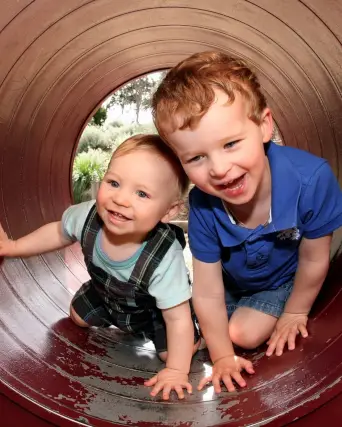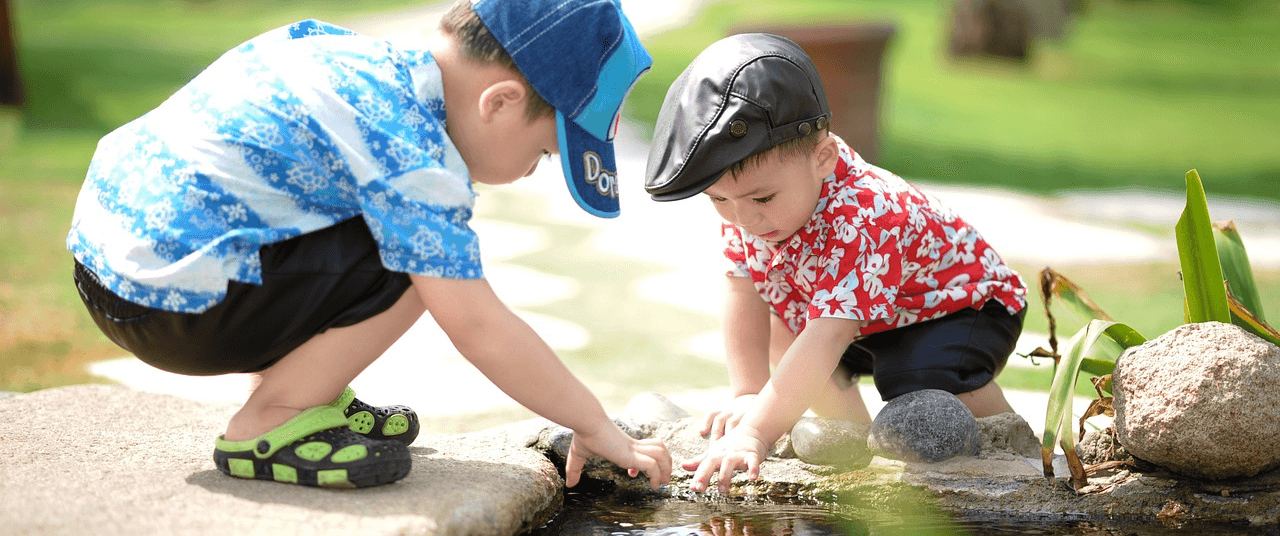Learn about trial and error, logical reasoning, creativity, collaboration, and more in this insightful blog post.
Children are naturally curious beings, constantly seeking to understand the world around them through play, exploration, and problem-solving.
When faced with a puzzle or a challenge, they employ various approaches to find a solution. Let’s delve into some of these different problem-solving strategies that children often use:
1. Trial and Error
One common approach that children take is trial and error. They try different methods or strategies until they find one that works. This approach allows them to learn from their mistakes and make adjustments along the way.
2. Logical Reasoning
Some children prefer to use logical reasoning to solve puzzles. They analyze the problem, break it down into smaller parts, and use deductive or inductive reasoning to reach a solution. This approach helps them develop critical thinking skills.
3. Imitation
Children often imitate the problem-solving strategies of others, such as parents, teachers, or peers. By observing how someone else solves a puzzle, they can learn new techniques and apply them to similar challenges in the future.
4. Creativity and Imagination
Creativity plays a significant role in how children approach problem-solving. They may come up with out-of-the-box solutions, think creatively, and use their imagination to overcome obstacles.
5. Collaboration
Working together with others is another approach that children take to solve puzzles or challenges. Collaborating with peers allows them to share ideas, perspectives, and strategies, leading to a collective solution that benefits everyone involved.
6. Persistence
Persistence is key when it comes to problem-solving. Some children exhibit determination and perseverance in tackling challenges, refusing to give up until they find a solution. This approach helps them build resilience and develop a growth mindset.

Children employ a variety of problem-solving approaches when faced with puzzles or challenges. By encouraging their natural curiosity, fostering creativity, and providing opportunities for collaboration, parents and educators can support the development of essential problem-solving skills in children from a young age.
One of my grandchildren is intensely curious and has been known to surprise us from time to time, with puzzling behavior. One such moment was a roll of toilet paper hanging on the roller, dripping wet. As I stood there, putting myself in his shoes from memories of my own childhood, I asked him if he learned anything with the wet toilet paper. He was horrified that I figured out what he’d done. He’d wondered what would happen if he were to put a roll of toilet paper in the toilet and was fascinated as it swelled.
Once his curiosity was satisfied, he realized what he’d done and thought that if he hung it back up, no one would notice. I explained to him that if he wondered about something like that again, to please ask me first and we’d do the experiment together.
Raging at a child without first considering what they might have been doing breaks young hearts and squashes the curiosity to learn.
Share a story about a child's curiosity, whether it's from your childhood or something that occured with one of your children or grandchildren.
When you share a story it stirs the memories and reflections of others. Your story will always present multiple lessons, including what was observed by you or the child, and what was learned from the discovery. I’m looking forward to reading your story!

